Tangya Tusi City Site
Tangya Tusi City Site
Tangya Tusi Town Site is located in Tangya Town, Xianfeng County, Enshi Tujia and Miao Autonomous Prefecture, Hubei Province, with its back to Xuanwu Mountain and facing Tangya River. The site is located in Shizhou, where Tujia people have settled since ancient times. Since the end of the Yuan Dynasty, Tusi inherited and ruled the territory of 600 square kilometers.
Tangya Tusi City was built from the Yuan Dynasty to the 15th year of Zhengzheng (1355), prosperous in the beginning of tomorrow, abolished in the 13th year of Yongzheng in the Qing Dynasty (1735) to return to the native land, a total of 16 generations of 18 Tusi, a total of 381 years. The site covers an area of 740,000 square meters. The main natural landscape remains are Zhangwangmiao, the archway of Jingnanxiong Town, the Yashu, the Grand Temple, the tomb of Tusi, the quarry, barracks, bridges, courtyards and roads.
Tangya Tusi City Site is one of the most representative Tusi City Sites in Southwest China, with clear pattern, complete function and complete preservation. It is of great value to the study of the system of Chinas Department and the history and culture of Tujia nationality. In 2006, it was announced by the State Council as the Sixth Batch of key national cultural relics protection units. In July 2015, at the 39th session of UNESCO World Heritage Committee, held in Bonn, Germany, it was successfully included in the World Heritage List.
Six years from Yuan Dynasty to Zhengzheng (1246), Tangya Tusi City was built.
In the fourth year of Hongwu in Ming Dynasty (1371), the tomb of the second generation of Tusi was built.
Ming Wanli 39 years (1611), stone carved into stone.
In the first year of Tianqi in Ming Dynasty (1621), the site of Tusi City in Tangya was expanded.
In the fourth year of the Ming Dynasty (1624), the archway of "Jingnan Xiong Town" was built.
Three years of Chongzhen in Ming Dynasty (1630), Mrs. Tian's tomb and archway were erected.
In the thirteenth year of Yongzheng in the Qing Dynasty (1735), the Tusi City of Tangya was abandoned.
In 1978, the cultural relics department of Xianfeng County investigated and registered as immovable cultural relics.
In 1983, a horse pavilion was built in Zhangwang Temple.
In 1986, during the second national census of cultural relics, the Department of cultural relics in Xianfeng County investigated and mastered a large number of cultural relics background information, collected a number of cultural relics such as "Chief Tangya Official Seal" and was declared as a cultural relics protection unit at the county level by the people's government of Xianfeng County.
In 1988, the Tujia and Miao Autonomous Prefecture in Western Hubei was announced as a state-level cultural relics protection unit by the people's government.
In 1990, the walls of Tusi's courtyard were maintained and strengthened, and new walls and iron gates were built around the tombs of the king and Mrs. Tian.
In 1992, it was declared as a provincial cultural relic protection unit by the people's government of Hubei Province. In the same year, it maintained stone archways, tombs of Tuwang and tombs of Mrs. Tian.
In 1993, cultural relics protection unit signs were set up.
In 2000, the People's Government of Hubei Province announced the protection scope and construction control zone of Tangya Tusi City Site.
In 2001, the drainage ditches of Tuwang tomb, archway and Zhangwangmiao were repaired, and the collapse and damage parts of courtyard walls and streets were repaired. In the same year, Xianfeng County Cultural Relics Management Institute again conducted a key investigation here and collected some scattered cultural relics.
In 2003, the Xianfeng County Government formulated local management measures, such as "Tangyasi Cultural Relics Protection and Management Code" and "Tourist Notes", to restrain the behavior of residents and tourists, and to strengthen the legal propaganda of cultural relics protection.
In 2006, it was announced by the State Council as a national key cultural relics protection unit.
In 2011, the Institute of Cultural Relics and Archaeology of Hubei Province carried out partial archaeological excavations to further explore the distribution scope, overall layout and local architectural structure of the site.
In November 2012, Tangya Tusi Site was listed in the Preparatory List of World Cultural Heritage Sites in China.
In 2013, "Tangya Tusi City Site Protection and Management Measures" and "Tangya Tusi City Site Protection and Management Planning" were promulgated and implemented.
On March 13, 2013, the People's Government of Hubei Province formally wrote to the State Administration of Cultural Relics to apply for the inclusion of the Tusi Site of Tangya in the national heritage project of 2015.
On July 5, 2015, Tangya Tusi City Site was successfully listed on the World Cultural Heritage List.
Visiting information
traffic
The traffic of the Tusi City Site in Tangya is inconvenient. It needs to travel more than 20 kilometers from Xianfeng County.
Get accommodation
Visitors can choose to live in Xianfeng County, the price is more affordable.
Pictures From:
http://bbs.fengniao.com/forum/10591144.html
http://bbs.fengniao.com/forum/2730998.html
http://bbs.fengniao.com/forum/2530681.html
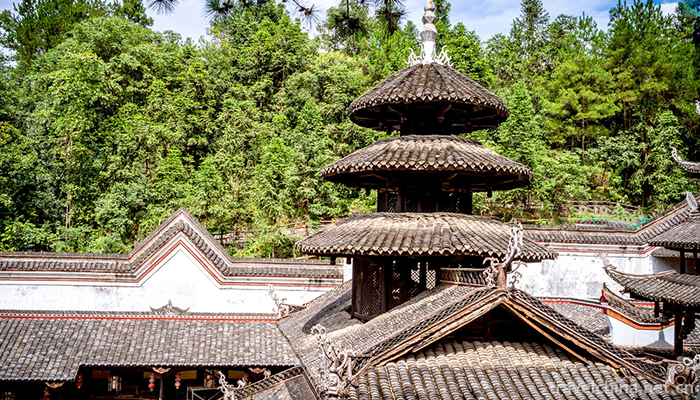
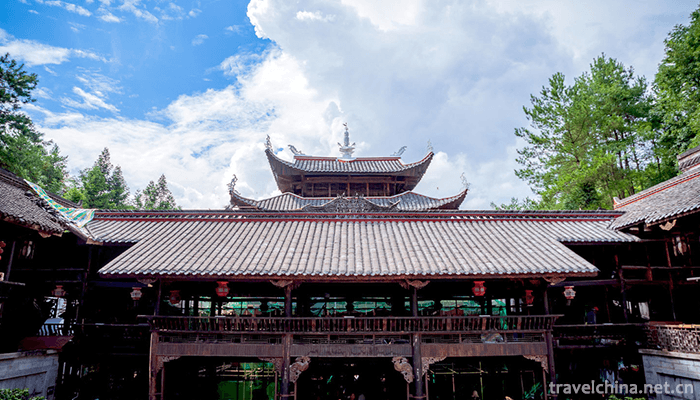
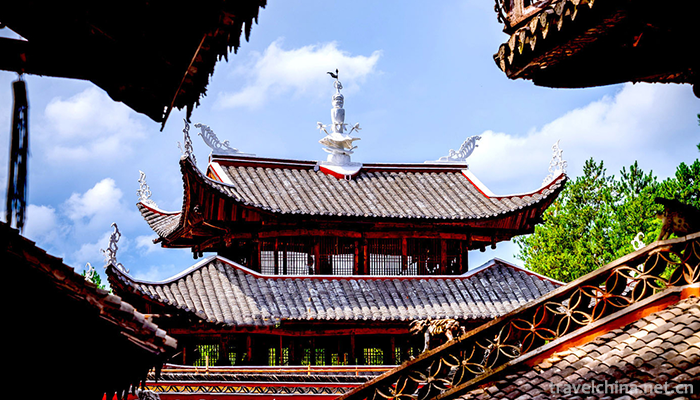
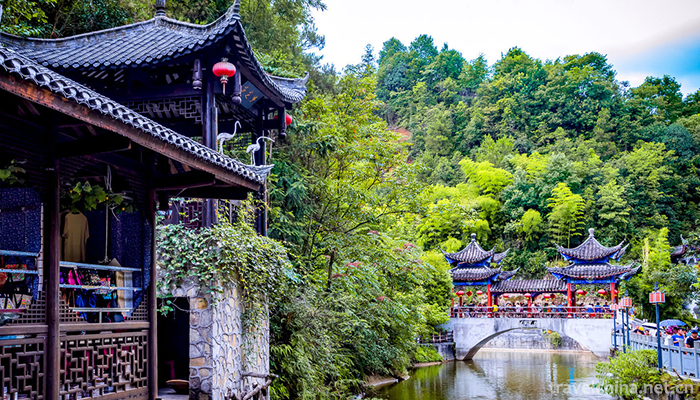
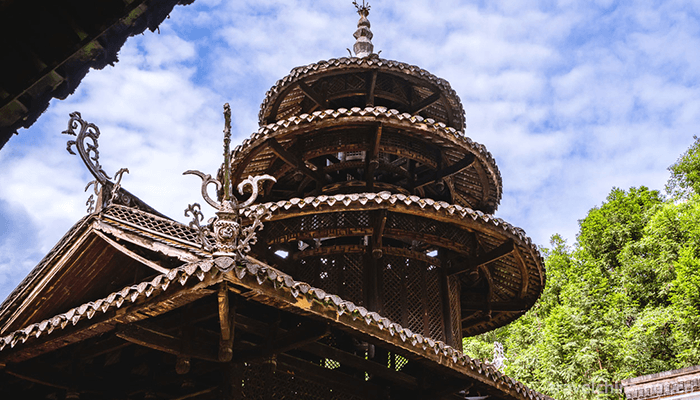
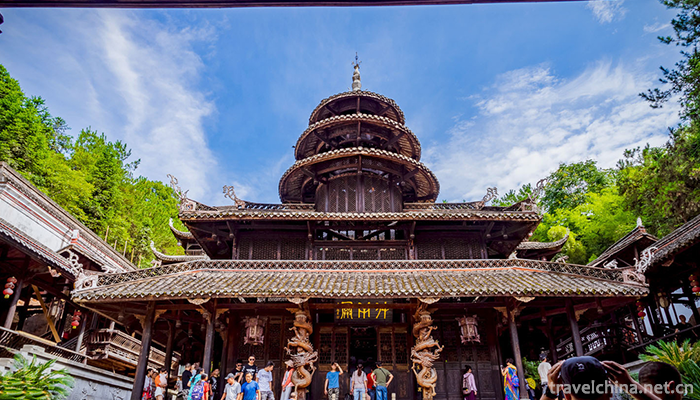


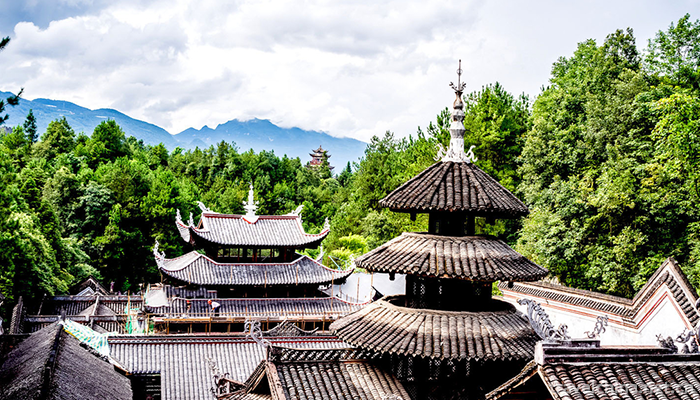
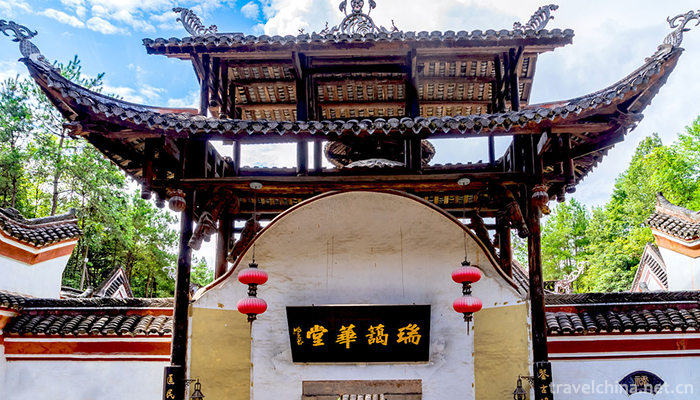
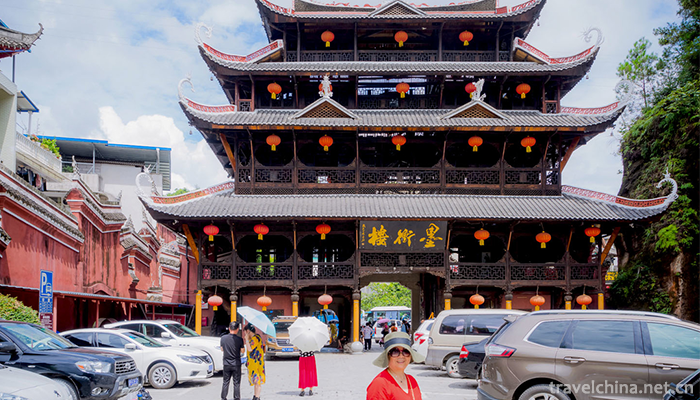
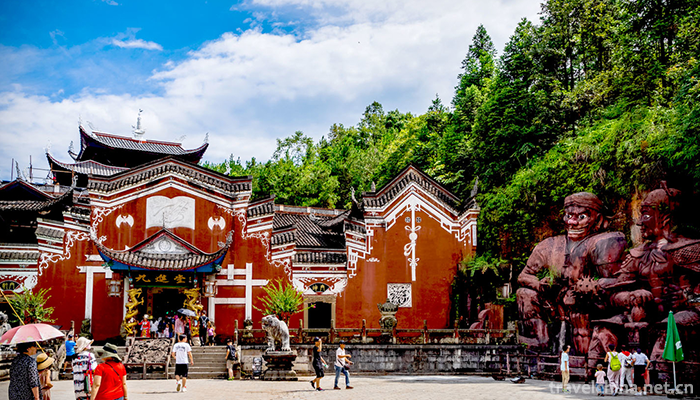
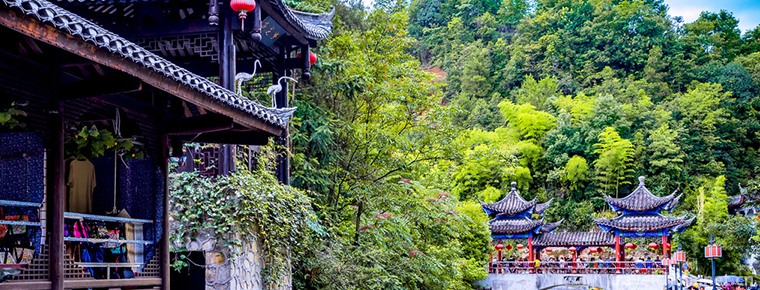
-
1.Harbin Amusement Park
Harbin amusement park is located at the junction of the outer Road area and Nangang District. It was founded in 1958. Originally known as Harbin Cultural Park, it covers an area of 22.8 hectares.
Time 2019-01-13 -
2.Tianjin Binhai Carrier Theme Park
Tianjin Binhai Aircraft Carrier Theme Park (hereinafter referred to as "Binhai Aircraft Carrier") is located in Hangu Bagua Beach, Binhai New Area, Tianjin City
Time 2019-02-21 -
3.March 3rd Festival of Li Nationality
The third day of March (the third day of the third month of the third lunar month) is the grandest traditional folk festival of the Li people in Hainan Province. It is also a beautiful day for the you
Time 2019-05-12 -
4.Legend of the Ancestors of the Loba Nationality
The legend of the ancestors of the Loba nationality is an organic part of the life of the Loba people, a mirror of the Loba society and a way of existence of the folk life of the Loba people.
Time 2019-05-15 -
5.Qin opera
Qin Opera, also known as Bangzi Opera, is a traditional drama in Northwest China and one of the national intangible cultural heritage.
Time 2019-06-10 -
6.Bronze Repair and Reproduction Techniques
Traditional bronze repair technology mainly includes shaping, splicing, matching, bonding (welding), strengthening, old and other processes, and sometimes involves rust removal, scalding (surface seal
Time 2019-06-11 -
7.Neijiang Normal University
Neijiang Normal University is a full-time general undergraduate college organized by Sichuan Provincial People's Government. Neijiang City, where the school is located, is located in the middle of Che
Time 2019-08-31 -
8.Suzhou University
Suzhou University is a full-time undergraduate college in Anhui province. It is an applied undergraduate university in Anhui province. Anhui higher education revitalization program "Local applica
Time 2019-11-21 -
9.Jiang Weicheng
Jiangweicheng site is a representative and important site in the upper reaches of Minjiang River. It is located in the mountain behind the Weishi school in Weizhou Town, Wenchuan County.
Time 2020-11-06 -
10.Scientific research on Chengdu Giant Panda Base
As of 2016, it has undertaken one national major basic research project (former "973" project), one national "Tenth Five Year Plan" high technology research (863 plan), several provincial, ministerial and municipal scientific research projects and Chengdu Giant Panda Breeding
Time 2020-12-13 -
11.History of Dazhou
Dazhou area belonged to Liangzhou in Xia Dynasty and Yongzhou in Yin Dynasty. The earliest indigenous people were the Cong people, who established the state of Cong (now tuxi Town, Quxian county). In the early Warring States period, Ba people migrated fro
Time 2020-12-20